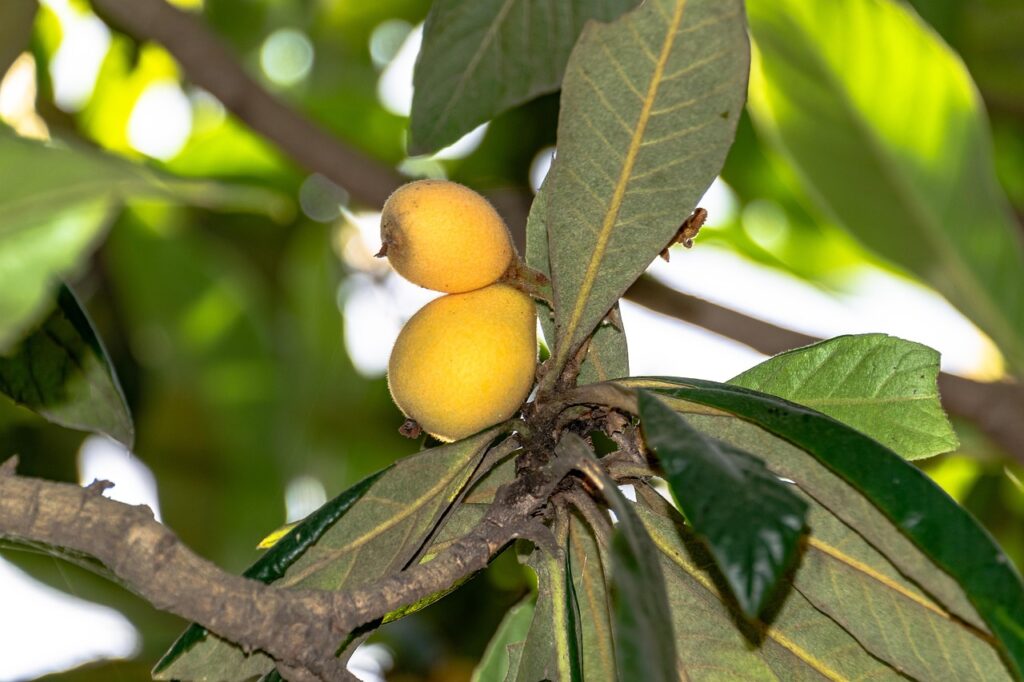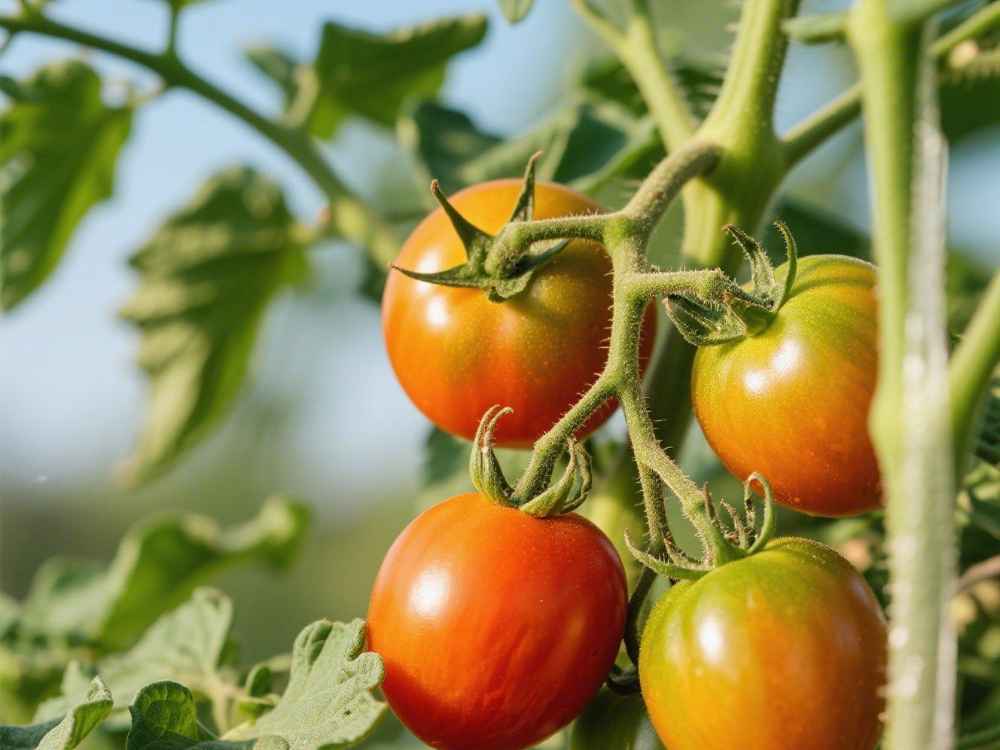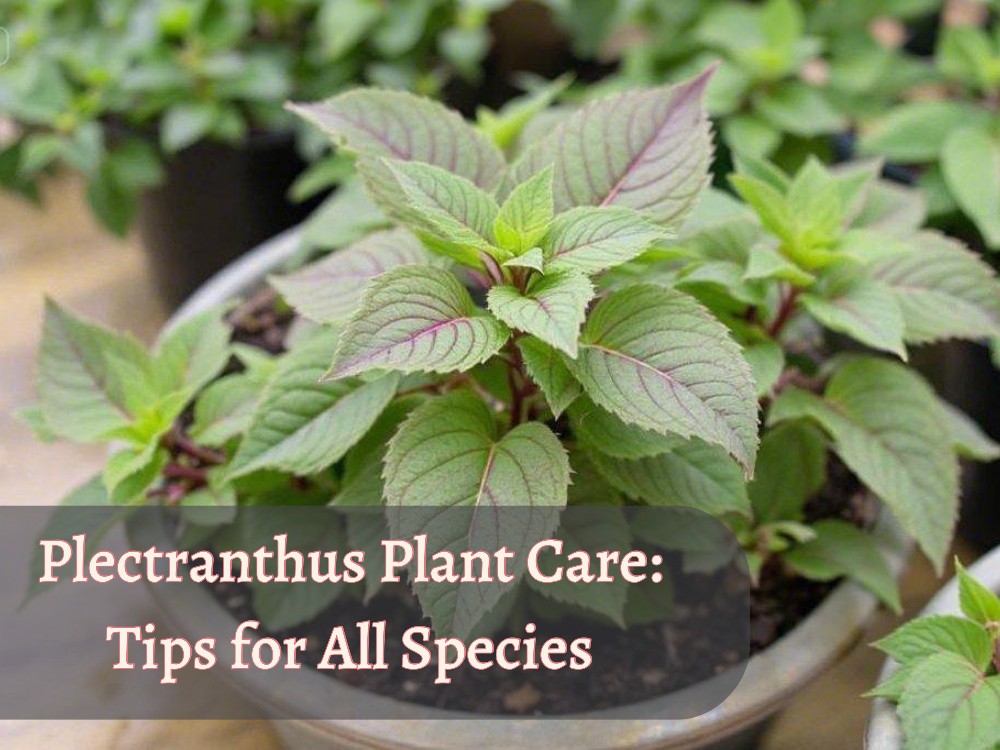Did you know that back in the Civil War days, soldiers walking through Georgia would often rest under peach trees and enjoy the sweet, sun-warmed fruit straight from the branches.
Those trees weren’t part of grocery stores or markets. They stood quietly in backyards and open land, offering nourishment when it was needed most. That’s how deep the connection between Georgia and peaches really goes.
Even today, the peach isn’t just a state symbol; it’s a reminder that fruit trees for Georgia aren’t just possible, they thrive with a little care, sunlight, and patience.
But peaches aren’t alone. Several fruit trees also grow remarkably well in Georgia, making it easy for home gardeners to create their own mini-orchard.
So if you’ve ever wanted fresh fruit steps away from your kitchen, exploring the best fruit trees for Georgia might be the perfect way to start.
Fruit Trees in Georgia: Short Intro
Each fruit tree or any plant does not grow well everywhere, because they are completely attached to nature (climate), which varies by location.
On the other hand, fruit trees are long-term companions in your garden, and choosing the right variety becomes more crucial, especially those that grow well in Georgia’s growing season.
This content is the same as describing which fruit trees grow best in Georgia’s climate. But at the same time, planting time for fruit trees in Georgia also matters, which varies based on the local area and propagation method.
4 Top Picks Of Fruit Trees for Georgia?
While Georgia’s warm and humid summers may be challenging for some heat-sensitive fruits, this is suitable and beneficial for most fruit trees.
I’ve also added links to each fruit tree’s growing guide and planting timeline so that you can easily see how each fruit tree actually grows in Georgia.
Another thing is that, only knowing the connection between fruit and Georgia isn’t enough; real gardening is choosing the right variety according to your local climate in Georgia.
That same fruit tree’s picks are what we are discussing in this article. Right now, there are 4 choices, but this content will change over time with new best fruit tree options for Georgia.
1-Peaches “Elberta” “Gulfprince” “Georgia Belle”

Peach trees are the most iconic fruit trees in Georgia, thriving in the state’s warm summers and earning it the title of the Peach State.
That’s exactly why Georgia is proudly called “The Peach State.” With the perfect climate, these peaches grow soft, flavorful, and are loved all across the U.S.
Growth Requirements for Peaches in Georgia
Now, let’s come to peach growth requirements in Georgia. Well, it grows perfectly in Georgia, but some challenges may occur due to warmer winters, especially in the central and southern parts.
Because peaches demand chilling periods to produce fruit from June to July, the ELBERTA variety requires approximately 800 hours of chilling periods with an average temperature range of 4 to 7 °C.
Ok, these climate and plant growth preference issues are continuing, so try to grow the right peach variety that can get enough chilling periods that your local climate can provide.
Peach Varieties for Georgia
Belle of Georgia and Elberta are the most popular peach varieties in Georgia due to their unique taste and flavour. However, it’s important to choose the right peaches for different parts of Georgia, such as;
- Redhaven, Contender, Elberta, and Reliance are the best choices for north Georgia due to their cold-hardiness.
- Halehaven and Cresthaven are well-suited for the central parts of Georgia. While Elberta and Beller of Georgia can also thrive here perfectly.
- Suwanee, Florida, is a top-recommended variety for southern Georgia due to low chilling period availability.
When and How to Plant Peaches in Georgia?
If you have decided to remind yourself of history by growing peaches in your backyard, try to grow them from seeds with just five simple steps, or move to buying a grafted peach tree from your local nursery.
Also, make sure to plant peaches at the right time in Georgia, whether growing them from seeds or planting a grafted tree. Timing really matters in both situations…..here’s when to plant peaches in Georgia.
2-Figs “Conadria” “Celeste” “Hardy Chicago”

Fig trees are hardy fruit trees in Georgia, growing well in the state’s hot summers and adapting to both northern and southern regions with proper care.
Growth Demands and Best Pear Varieties for Georgia
Figs like to grow in a mostly warm climate, which makes them a top-notch choice for Georgia’s gardeners. Even though some varieties also thrive in the eastern humid parts of Georgia. (Because figs do not require chilling periods like peaches)
However, fig variety choices for Georgia’s climate vary based on the different climates in different parts of Georgia. Plus, you care maintenance is also responsible!
- For north Georgia, Chicago Hardy is considered a solid choice due to its cold tolerance (which may be in northern Georgia).
- From southern stretches to the heart of eastern Georgia, figs like Celeste, Black Mission, and the ever-reliable Brown Turkey grow with ease.
When and How to Plant a Fig Tree in Georgia?
If you are adding a fig tree to your Georgia garden, buy from a nursery or take hardwood cuttings from your existing fig tree (that is the most reliable method)…..here’s learn to take fig cuttings.
When taking fig cutting, don’t forget the right timing, which may vary based on the fig tree’s dormant stage and the local climate of Georgia. So, here is a guide about the best time to take fig cuttings in Georgia.
3-Pears “Summercrisp” “Orient” “Baldwin”

Pear trees are dependable fruit trees in Georgia, performing well across the state with varieties like Kieffer and Orient that tolerate both heat and humidity.
Growth Demands for Pear Tree in Georgia
According to UGA, pears are well-adapted to Georgia’s climate. Pears are relatively low-maintenance; they just need to establish themselves in Georgia’s soil.
Additionally, pears are drought-tolerant, making them more suitable for occasional dry spells in Georgia. According to professionals, European pears (Pyrus communis), such as Bartlett, are not well-suited.
Best Pear Varieties for Georgia
However, other pear varieties, such as Kieffer, Orient, Leconte, and Ayers, are a good choice for Georgia’s gardeners. Moreover, in Georgia, pear varieties vary by region:
- Cold-hardy types like Golden Spice and Summercrisp grow well in the colder north,
- While Central Georgia suits Orient, Waite, and Carrick
- Southeastern areas favor warm-climate types like Hood, Floridahome, and Baldwin.
When and How to Plant a Pear Tree in Georgia?
Grafted trees from a local nursery will reward you in about 3 to 5 years, but if you start from seeds, be ready to wait up to a decade or more. The good part?
Seed-grown pears slowly learn your soil, your seasons, and your Georgia weather. (Here’s how to plant pears from seeds.)
Just keep in mind, pear planting time depends on your region’s last frost date, and most gardeners start picking pears when late summer rolls in and fall colors begin to show. (Here’s when to plant pear seeds in Georgia)
4-Loquat “Advance” “Gold Nugget” “Champagne”

Loquat trees are uncommon but promising fruit trees in Georgia, where they thrive best in the southern and coastal regions that enjoy mild winters and long growing seasons.
Georgia’s climate is more variable than Florida’s—while southern Georgia provides favorable conditions for loquats, northern areas can be too cold for reliable fruiting.
Loquats can handle light frost, but in Georgia, they often need winter protection, especially in central and northern zones where prolonged cold snaps can damage young trees.
- South Georgia: Best suited for loquats, with varieties like ‘Champagne’ and ‘Gold Nugget’; plant in early spring once frost risk has passed.
- Coastal Georgia: Ideal for ‘Big Jim’ and ‘Vista White’, as the coastal climate offers extra frost protection and humidity.
- North & Central Georgia: Only recommended in protected spots (near buildings or microclimates); cold-hardy types like ‘Advance’ may survive, but heavy frosts can limit production.
When and How to Plant Loquats in Georgia?
In Georgia, loquat seeds germinate best in early spring (March to April) when soil temperatures are above 18 °C. (Here are the details)
In southern and coastal areas, fall planting is also possible if protection is available against sudden freezes.
To grow a loquat tree in Georgia, check out 5 steps here….
For faster and more reliable results, many Georgia growers prefer grafted or budded loquat trees, which establish more quickly and begin fruiting earlier than seed-grown plants.
Fruit Trees For Georgia: A Quick List
| Fruit Tree | Best Regions in Georgia | Recommended Varieties | Special Notes |
|---|---|---|---|
| Peach |
– North Georgia
– Central Georgia – Southern Georgia (with low-chill) |
– North: Redhaven, Contender, Reliance
– Central: Elberta, Belle of Georgia, Cresthaven – South: Suwanee, Florida Prince |
Needs chilling hours (600–800 hrs)
Self-pollinating but better with a partner Container-friendly varieties available |
| Fig |
– Statewide (Zones 8b–10)
– Best in Central & Southern Georgia |
– Celeste, Brown Turkey
– LSU Purple, Chicago Hardy – Little Miss Figgy (dwarf, container) |
Low-maintenance
No chilling hours needed Dwarf types great for small gardens |
| Pear |
– North Georgia (cold-hardy types)
– Central Georgia – South/Southeast Georgia (low-chill types) |
– North: Golden Spice, Summercrisp
– Central: Orient, Waite, Carrick – South: Hood, Floridahome, Baldwin |
Tolerant to drought
Cross-pollination boosts yield Container-friendly grafted types available |
| Loquat |
– North & Central Georgia
– Some sheltered areas in South Georgia |
– Advance, Big Jim, Gold Nugget, Tanaka |
Thrives in subtropical to mild-temperate climates
Tolerant of light frost Early spring harvest; low-maintenance |
Summary: Best Fruit Trees to Grow in Georgia
Our care guides for each tree are coming soon on GardenChains……
As for planting, grafted trees are like trusted copies; they grow just like the parent. Seed-grown trees? They can turn out a bit different, especially hybrids.
If you’re going the seed route, F1 seeds are your safest bet. But honestly, for most gardeners, grafted trees are the smarter, hassle-free choice.






